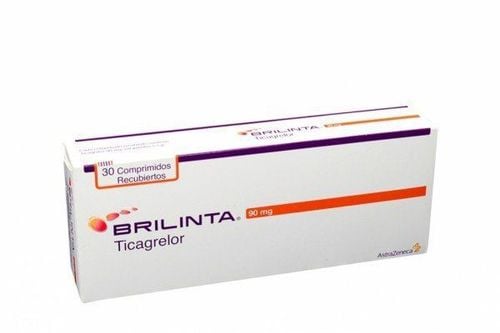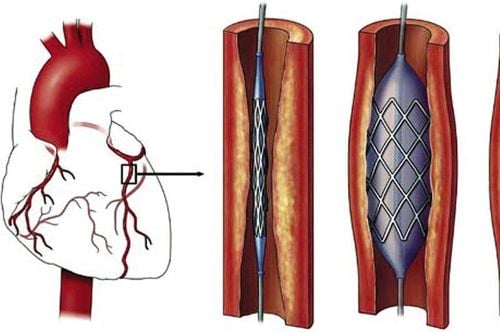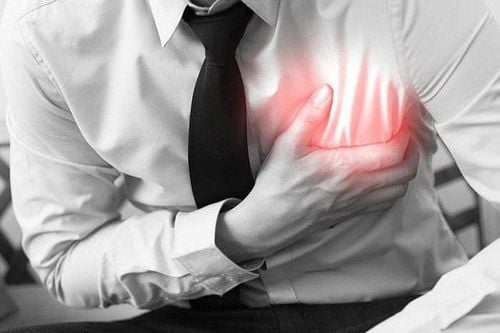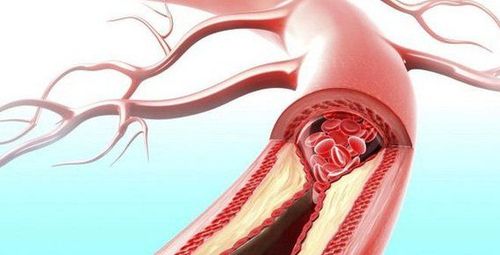This is an automatically translated article.
The article was professionally consulted by a Doctor of Cardiology - Thoracic Surgery, Vinmec Central Park International General Hospital.Peripheral vascular disease refers to diseases of the peripheral arterial system that nourish the extremities (arms, legs). If not detected and treated in time, the patient may have limb necrosis, have to remove the joint or amputate the limb or have a high risk of heart attack, fatal stroke.
1. What is peripheral artery disease?
Peripheral vascular disease is a disease of peripheral vascular occlusion, caused by atherosclerotic plaques and thrombus. These arteries do not include the blood vessels that feed the heart and brain and internal organs.The most common peripheral artery disease is that it affects the arteries of the pelvis, lower extremities and upper extremities. Pathophysiologically, occlusion in these vessels is similar to that of coronary or carotid artery occlusion. The main difference is the blood supply area of the arteries: the coronary arteries supply blood to the heart muscle, the carotid arteries supply blood to the brain, and the peripheral arteries supply blood to the extremities.
2. Causes of peripheral artery disease

Hút thuốc là yếu tố làm tăng nguy cơ mắc bệnh mạch máu ngoại biên
Peripheral artery disease is currently on the rise with increasing life expectancy, changing lifestyle and especially cardiovascular risk factors. After the age of 70, about 20% of the population has peripheral artery disease.
There are many factors that can increase the risk of peripheral artery disease, including:
Smoking. Diabetes . Obesity (body mass index greater than 30). High blood pressure (140/90 mmHg or higher). High blood cholesterol levels (total blood cholesterol is greater than 240 mg/dL, or 6.2 millimoles/liter). Getting older, especially after age 50. Family history of peripheral artery disease, heart disease, or stroke. High levels of homocysteine (this is a protein that builds and maintains tissues in the body). Among them, smoking and diabetes are two particularly high risk factors. About 1 in 2 patients have no symptoms. The most common symptoms include pain, cramping, soreness, and numbness in the affected area. Other symptoms that may be experienced include feeling uncomfortable, cold skin, pale blue skin, no pulse in the legs, feeling pain, and sores that often take a long time to heal. Leg pain or cramping usually occurs during movement and subsides with rest. If the artery is completely blocked, the leg will be very painful and unable to walk. For men, impotence can occur if the blood vessels that carry blood to the penis are blocked.
3. Complications of peripheral artery disease
Peripheral vascular disease can cause some of the following complications:An ischemic extremity with early symptoms such as non-healing sores, trauma or infection of the legs and arms. Extremity ischemia becomes severe as the injury or infection progresses and can cause necrosis, and may even require amputation of the affected limb. Stroke and heart attack: Atherosclerotic disease is the main cause of the signs and symptoms of peripheral artery disease. Complications of peripheral artery disease can lead to serious consequences if not detected and treated promptly.

Đột quỵ là biến chứng nguy hiểm của bệnh mạch máu ngoại biên
4. Diagnosis of peripheral artery disease
4.1.Clinical examination General assessment of limb shape, comparison between 2 limbs to see more clearly pathological changes:Skin color. Hair and nail condition. Assess the edema of the injured limbs, press concave or not. 4.2.Non-invasive examination Measurement of arterial blood pressure by sphygmomanometer Measurement of vessel wall oscillation Record of blood volume change Measurement of skin temperature Measurement of percutaneous capillary blood oxygen saturation Measurement of blood vessel Doppler Recording of vascular Doppler Dual ultrasound ( Duplex Ultrasonography) Magnetic Resonance Angiography Angioplasty Contrast Arm-Ankle Index (ABI)
5. Treatment of peripheral artery disease
The principle of treatment of peripheral artery disease is to relieve pain and prevent the progression of the disease such as amputation of the leg, angina or stroke. The doctor will decide what treatment is appropriate for each patient based on the general condition and severity of the disease.In most cases, the right lifestyle changes, exercise, and medication can slow progression or reverse symptoms. With severe ischemic lesions, poor collateral circulation, patients may be considered for treatment with stenting or bypass surgery to avoid amputation complications.
5.1.Exercise The most effective treatment for patients with peripheral artery disease is regular exercise. The doctor will help the patient have a suitable exercise program. Patients can start slowly with walking, leg exercises, and other exercises 3 to 4 times a week. This remedy can reduce the symptoms of the disease after a few months. Although the effect appears to be slow, it is considered the basic treatment for all patients with peripheral artery disease.
Exercising in the presence of claudication such as walking can be painful. Therefore, the exercise program consists of alternating walks with rest, then this distance is gradually lengthened and the rest time between those times is also gradually shortened to increase the amount of time that can be achieved. walking before the leg pain appeared.
5.2.Diet Many patients with peripheral artery disease have elevated blood lipids. Besides medication, a reasonable diet low in cholesterol and saturated fat is essential to help reduce blood fat and limit atherosclerosis.
5.3.Quit smoking Smoking increases the risk of peripheral artery disease, heart attack and stroke. Therefore, quit smoking if you are smoking. This will help slow the progression of peripheral artery disease and other heart-related diseases.
5.4.Medical treatment The doctor may prescribe medication to lower blood pressure and/or adjust blood lipids. It is very important to take the medicine exactly as prescribed by your doctor. Taking medications not prescribed by your doctor increases your risk for peripheral artery disease as well as heart attack and sudden death.
5.5. Catheter intervention This is a non-surgical method. The surgeon simply inserts a small catheter through the skin into the artery to remove the clot, then uses a small balloon to inflate the vessel to widen the blockage. A stent (special metal holder) is placed at the site of the blockage to help limit restenosis.
Patients need to remember that this is not a solution that can solve the whole condition, but only helps to improve the severity of the disease. After stent implantation, the patient needs to be persistent in taking the medication regularly according to the indications and follow the exercise measures and adjust the diet as directed by the doctor.
5.6.Surgical Surgery Surgery may be necessary in some cases, such as: complete occlusion of a long vascular segment and the patient has symptoms of severe limb ischemia. During surgery, the doctor removes a piece of blood vessel (usually a vein) from another part of the body to bridge the blockage to the blood vessels that feed the limb below the blockage. Similar to after stenting, patients still need to adhere to a good medication regimen and lifestyle changes.
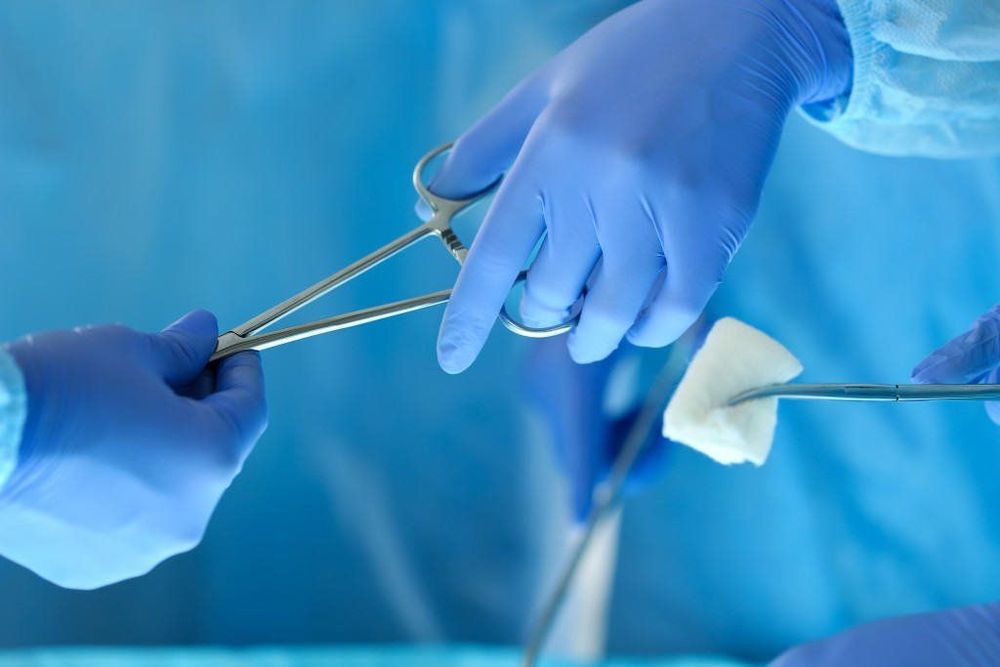
Phẫu thuật có thể là biện pháp cần thiết trong một số trường hợp
In summary, if diagnosed with peripheral artery disease, arm yourself with an understanding of the disease's risk factors and how to reduce them, principles treatment to relieve symptoms and continue to lead a healthy life.
Please dial HOTLINE for more information or register for an appointment HERE. Download MyVinmec app to make appointments faster and to manage your bookings easily.





